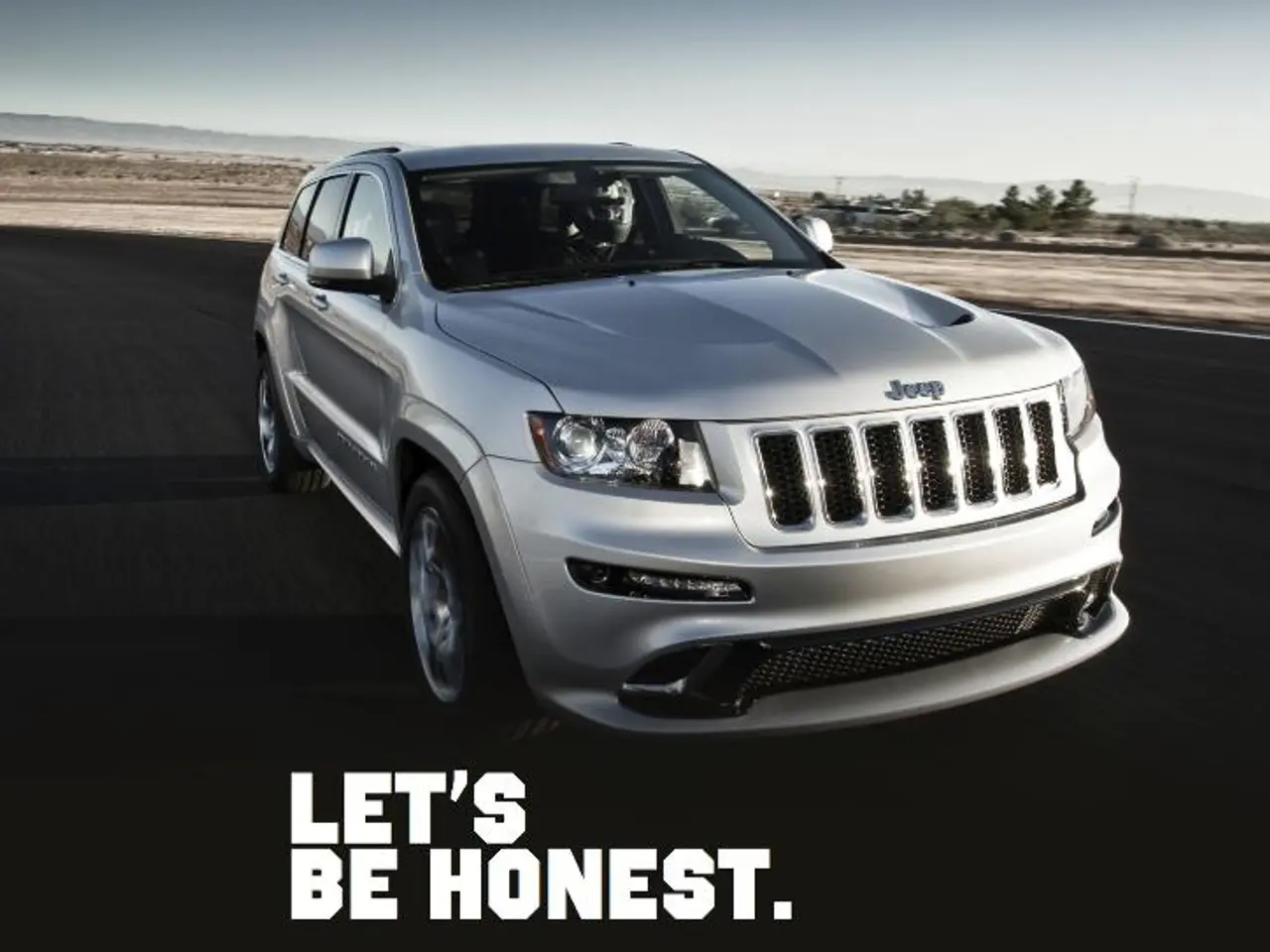Five Strong Arguments Against Purchasing a New Vehicle for Middle-Income Individuals
For many middle-class households, the decision to buy a new car often comes with a hefty price tag. Financial experts frequently caution that the immediate depreciation of a new car is one of the biggest wealth destroyers for this demographic [1]. Here's why purchasing a used car can offer significant financial benefits.
Lower Initial Purchase Price
Used cars generally cost significantly less than new cars, helping middle-class buyers avoid higher upfront costs and sticker shock [1][3].
Reduced Depreciation Loss
New cars lose about 30-40% of their value within the first year, while used cars—especially those a few years old—have already experienced the steepest depreciation, so their value declines more slowly going forward [1][2]. This means buying used helps avoid the biggest hit in value.
Lower Insurance Premiums
Insurance costs tend to be lower on used cars, since they have lower replacement and repair costs compared to new, more expensive vehicles [1].
Savings on Taxes and Fees
Used cars typically incur lower sales taxes and registration fees than new cars, resulting in additional savings at purchase [3].
Avoiding Long-Term Negative Equity Risk
Financing a new car carries the risk of owing more than the car is worth due to rapid depreciation. Buying used reduces this risk, helping middle-class households avoid being "upside down" on a loan [2].
However, used cars may come with higher interest rates on financing compared to new cars and possibly more maintenance costs or unknown mechanical issues, which buyers should consider [2][3]. Certified pre-owned vehicles offer a middle ground with warranties and inspections but cost more than regular used cars [4].
In summary, for middle-class households aiming to manage their budgets prudently, the key financial benefits of buying used are lower purchase price, slower depreciation, cheaper insurance, and reduced risk of negative equity compared to new cars [1][2][3].
By changing their purchasing habits, middle-class households can dramatically improve their long-term financial outlook without sacrificing quality, reliability, or the driving experience they desire. Instead, they can redirect funds from new car purchases into investments. The difference in insurance costs between a new vehicle and a three-year-old model can amount to hundreds of dollars annually [5].
The opportunity cost of buying a new car is the potential investment that could be made with the money saved from purchasing a reliable used model. The difference between purchasing a new car versus a reliable used model can range from $10,000 to $20,000 [6]. This substantial sum, if invested instead of spent on a depreciating asset, could generate significant returns over time.
[1] https://www.forbes.com/sites/robertbrusca/2019/07/29/the-real-reason-why-new-cars-are-so-expensive/?sh=3b359e1b6f1f [2] https://www.nerdwallet.com/blog/loans/car-loans/new-car-vs-used-car-financing/ [3] https://www.bankrate.com/auto/buying-a-car/used-car-vs-new-car-1230/ [4] https://www.cars.com/articles/what-is-a-certified-pre-owned-car-1420686689137/ [5] https://www.insure.com/car-insurance/average-car-insurance-rates-by-make-and-model.html [6] https://www.edmunds.com/used/car-prices/used-car-prices-vs-new-car-prices.html
Purchasing a used car can help protect personal-finance by offering significant savings on the initial purchase price, insurance premiums, and taxes and fees, compared to newly bought vehicles [1], [3]. Additionally, avoiding the immediate depreciation that comes with purchasing a new car can improve a middle-class household's lifestyle by potentially generating substantial returns on the money saved, if invested instead [6].




